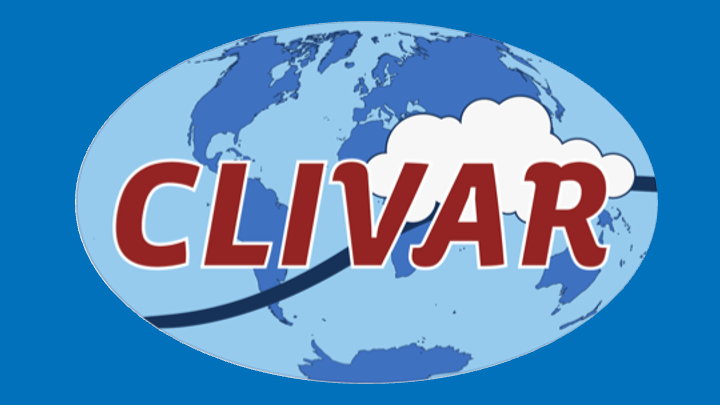Speaker
Description
The exchanges across the Greenland-Scotland Ridge compose the northernmost part of the Atlantic Meridional Overturning Circulation (AMOC), with the warm Atlantic inflow in the upper limb transporting heat towards the Arctic while the returning deep overflows provide density for the deep limb of the AMOC further south. Since the mid-1990s, the Faroe Marine Research Institute (FAMRI) has monitored the overflow through the Faroe Bank Channel (FBC), which transports one third of the total overflow, and the Faroe Current (FC), which is the main Atlantic inflow branch. Both the FC inflow and FBC overflow volume transports remained relatively stable through the monitoring period, although with interannual variabilities and a weak positive trend in the FC transport. Increased AW temperatures have resulted in increased heat transports towards the Arctic, and the FBC overflow have also become slightly warmer. In addition, a rapid freshening of AW occurred around 2015-2017, with a potential to impact the overturning circulation. Together with colleagues in Scotland, FAMRI has also monitored the inflow branch through the Faroe-Shetland Channel and have observed the overflow across the Iceland-Faroe Ridge (IFR). Historical estimates of the IFR overflow of about 1 Sv are not based on direct observations. Recent observations by FAMRI indicate, for the first time, persistent overflow across the central parts of the ridge, and based on this finding the possibility of sustainable monitoring of the IFR overflow is presently scrutinized. In-situ data have been combined with satellite altimetry which allows for an extension of the time series of the AW inflow north and south of the Faroes back to the beginning of the satellite era in 1993. This has also allowed for a reduction of the observational effort along the monitoring section, making the monitoring more sustainable. Comparisons between our temporally and spatially comprehensive current observations on the Iceland-Scotland Ridge and ocean reanalysis products have identified strengths and weaknesses in such products within this key region. Understanding the flow across the ridge and the processes involved is important for improving ocean models to achieve better climate predictions.

